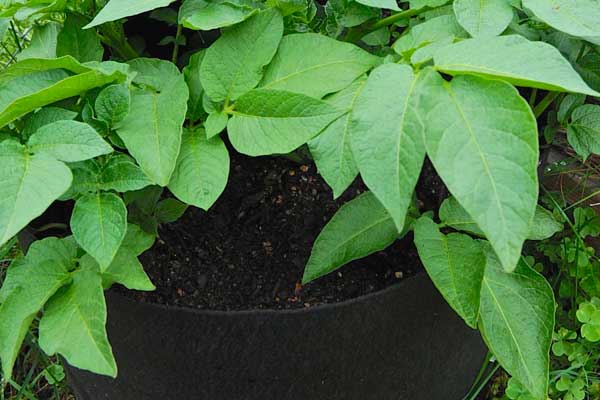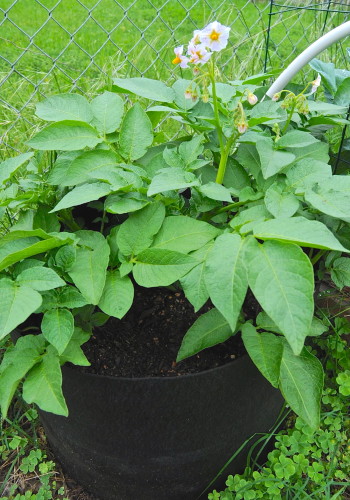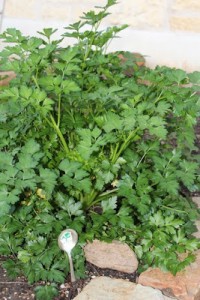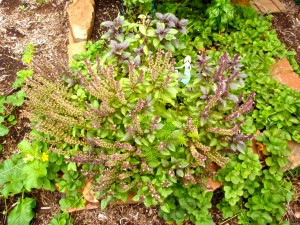July Tip: Container Plants

Many would-be vegetable gardeners are thwarted by a lack of space, impenetrable rocky soil or clay, or a shortage of sunshine. Alternative growing containers are the latest trend, making vegetable gardening easier than ever, even for those who have been limited in the past. Patio gardens and garden container alternatives can be grown with just 5 or 6 hours of sun each day. Don’t forget about vertical spaces, too. Hanging baskets can be used for lightweight greens and herbs and some fruits or vegetables will even grow in upside-down hanging planters. Check out some of the more popular options here.





